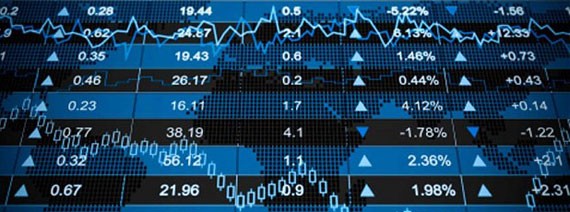Convertible Bonds What They are and How They Work
Post on: 17 Сентябрь, 2015 No Comment

Convertible bonds (converts for short) are corporate bonds offered by a publicly traded company, that give the bond holder the right to exchange the bond for a pre-determined quantity of stock.
Essentially, a convertible bond is a regular interest paying bond, with a built in “call” option. When the stock price is low (we will get into what low means later). a convertible bond behaves just like an ordinary bond, except it pays a slightly lower yield.
When the the price of the stock is high, the convertible bond will dramatically increase in value and will move in tandem with the stock price of the issuing company.
Why do companies issue convertible bonds?
It costs the company less. Convertible bonds pay a lower yield than if the company issued a non-convertible bond with the same characteristics (interest, maturity date).
Why do investors buy convertible bonds?
To get the safety of a normal bond along with the upside potential offered to shareholders. Convertible bonds behave like a bond when the issuing company is having problems. If the company goes into bankruptcy. convertible bond holders are in a superior position than stock holders. On the other hand, if a company does really well convertible bond holders can convert their bonds to sock and make a really big pay-off.
Who offers convertible bonds?
In early 2011, $9.4 billion of corporate bonds were issued in one week alone. The companies selling them ranged from US insurer MetLife to Chinese oil behemoth, Sinopec. The market for convertible bonds is very large with all types of issuers, with all types of credit ratings .
How does the process of converting work?
All convertible bonds have a conversion price. This price can be expressed in different ways and is almost always substantially higher than the stock price at the time of bond is issued.
Assuming that you purchase a $1000 new convertible bond and the stock price of the company is trading at $10 at the time of the purchase, the bond might have a conversion price of “$15”. In other words, for each “$15” of the bond’s face value, you can have 1 share of stock. To find out how many shares that you would get on conversion, you would divide the face value by $15 ($1000/$15). You would receive 66 ⅔ shares per bond. “66 ⅔” is called the conversion ratio.
Another term you may hear is the conversion premium. This is the percentage the stock would have to go up in value to make a conversion profitable for the investor. In the case above, the stock would have to increase from $10 to $15, so the conversion premium is 50%.
When the stock price of the issuing company starts getting close to the conversion price, the convertible bond starts to trade more like a stock than a bond. Most convertible bond holders are going to wait for the stock to have a big gain before converting. If the stock has a small gain but then the falls back, the bond holder will be glad that he or she did not convert into stock. However, if the stock has a big gain, the bond holder will then have to convert his or her shares and sell them to capture the gain.
What should you keep in mind when buying a convertible?
There are lots of variations of convertible bonds. For example some convertible bonds require that the stock stay above a certain price for a period of time for the bond to be eligible for conversion. This is to prevent convertible bond holders from trying to time short-term market blips. Other convertible bonds give the company issuing the convertible bond the right to force a conversion to stock at a certain price. In other words, you should really look into the terms of conversion process of a particular bond before purchase.














